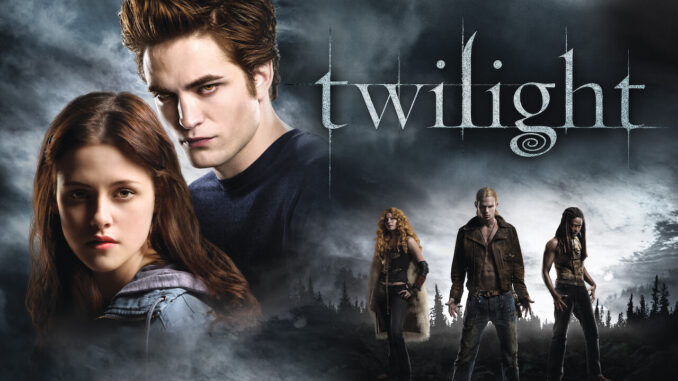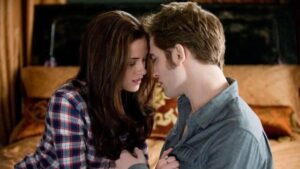
What is the main genre of Twilight?
When Stephenie Meyer first pitched Twilight to publishers, she called it a “suspense horror romance comedy,” and later stated in an interview that romance is the most important aspect of her novel, “but it’s just not that romance-y. It’s hard to nail down, but romance tends to be my favorite part of any book or movie, because that’s really the strongest emotion” (source). So Twilight is a romance at heart.
We’ve also categorized Twilight as Young Adult Literature, although you are free to object. Technically, Little, Brown and Co. published it in their Young Adult fiction collection. Only later did many adults shout, “Holy crow! This isn’t just for teens!” However, Stephenie Meyer didn’t originally write the Twilight series for young adults:
I didn’t write these books specifically for the young-adult audience. I wrote them for me. I don’t know why they span the ages so well, but I find it comforting that a lot of thirtysomethings with kids, like myself, respond to them as well – so I know that it’s not just that I’m a 15-year-old on the inside! (Source)

All the same, Twilight fits nicely into the Young Adult genre because of its Coming-of-Age elements. Bella is a teen and entering into her first romantic relationship. As readers, we witness Bella’s development as she’s on the verge of becoming an adult, and beginning to make significant life (and death) choices.
Speaking of life and death, Twilight has some dark aspects, as you would expect in a novel starring a vampire. Meyer creates a whole mythology around her vampire characters, which incorporates some aspects of previous vampire novels, but also has some of her own, creative additions. Some of the most famous depictions of vampires are Bram Stoker’s Dracula and Anne Rice’s Vampire Chronicles, including Interview with the Vampire, which was made into a movie starring Brad Pitt and Tom Cruise. Interestingly, after writing New Moon (the second novel in the Twilight series), Meyer said in an interview that she’d never read Dracula, and had only watched snippets of Interview with the Vampire (source). All the same, we found it interesting to compare Meyer’s version of vampires with Stoker and Rice’s.
In Bram Stoker’s 1897 classic Dracula, the vampire Count Dracula lives in an old, crumbling castle; garlic and crosses repel him; he goes “poof!” into a cloud of dust when someone drives a stake through his heart. We should also note that dracul means “devil” in Romanian, and Dracula’s story is seriously gory and nightmarish. Count Dracula was not a nice fellow, and definitely not a “vegetarian.”
Meyer’s vampires more closely resemble those of Anne Rice. Rice’s vampires are mostly very attractive, like the Cullens, and they are not at all threatened by garlic, crosses, or wooden stakes. However, sunlight can kill some of Rice’s characters, and there’s no sparkling skin in her novels. Some have a “conscience” and are conflicted about feeding on humans, and they all are super-strong and super-fast, and they all have super-human senses. While Edward is the only member of the Cullen family who is artistic and who can read minds, Rice’s vampires have both skills. Some of her vampires have more special talents on top of that. Overall, Meyer’s version of the “vampire” species lines up fairly closely with Rice’s, and both leave Count Dracula in the dust. Pun intended.
